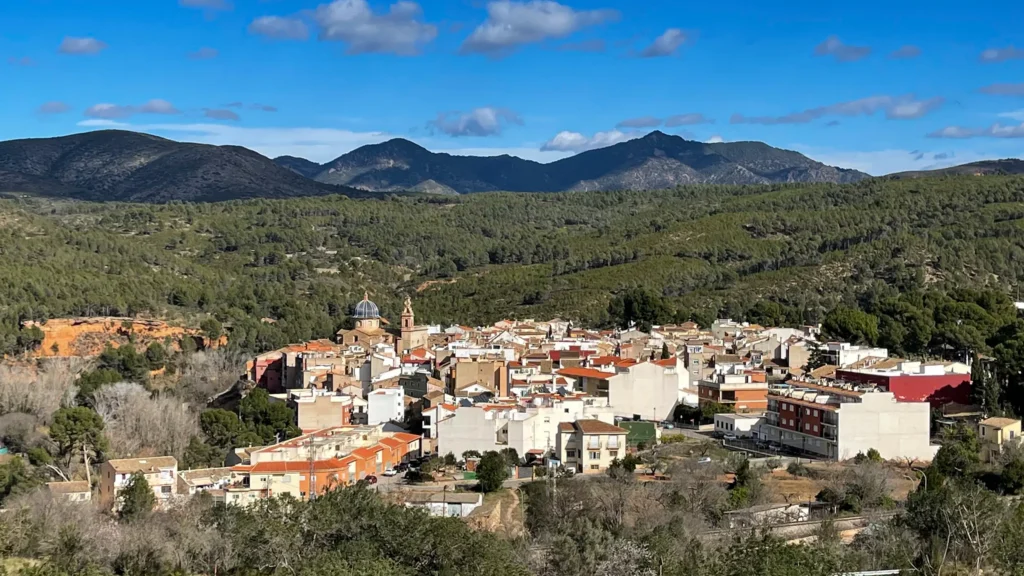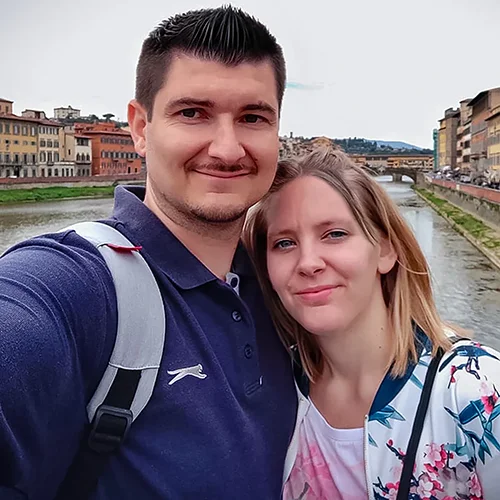Types of property in Spain
Types of property in Spain
Types of property in Spain
Types of property in Spain
31. August 2024
Feedback: 0
Are you dreaming of buying a little piece of Spain? Maybe a charming house in the sun, a small shop in the heart of a city, or even some land in the countryside? You’re not alone! But before you pack your bags and dive into the adventure, it’s important to understand the different types of land in Spain and what makes them unique. Here, you’ll find out about the various categories and what pros and cons come with each.
In the article “Hold On,” we briefly touched on this topic. However, due to numerous requests, we’ve decided to dedicate a full, detailed article to it.
Urbano (Urban Land)
„Urbano“ basically means the land is in the city and fully integrated into the urban infrastructure. That means you’ll have access to water, electricity, sewage, roads, and everything else you need to run your building—whether it’s a home or a business.

Advantages:
Infrastructure: You don’t have to worry about utilities—they’re all set up and (usually) working.
Buildability: No long wait times or bureaucratic hurdles. You can start building right away, as long as you stick to local building codes.
Value Appreciation: Cities are constantly growing and thriving, meaning your land is likely to increase in value, especially in up-and-coming neighborhoods.
Disadvantages:
Price: Urban land is generally more expensive, especially in popular cities and regions.
Regulations: Cities often have strict rules about what you can and cannot build. That can be frustrating if you have big plans.
Noise and Bustle: Cities are always busy. This can be exciting if you enjoy it, but exhausting if you crave peace and quiet.
Residencial (Residential Land)
„Residencial“ is a specific type of „Urbano.“ It refers to land zoned for residential purposes, often in quiet residential neighborhoods, away from busy roads and commercial areas.
Advantages:
Quality of Life: These areas are perfect for living—you’ll have neighbors, green spaces, and everything you need for a cozy home.
Safety: Residential areas tend to be safer and more family-friendly, which is a big plus if you’re planning to live there with your family.
Infrastructure: Everything you need is nearby—from schools to supermarkets to hospitals.
Disadvantages:
Kosten: Gute Wohngebiete sind begehrt und können dementsprechend teuer sein.
Restrictions: Building codes in residential areas can be strict, especially when it comes to how you’re allowed to build. Large or flashy buildings are often not allowed.
Neighbors: Privacy can be an issue, as lots tend to be close together.
Urbanizable (Developable Land)
„Urbanizable“ may sound complicated, but it’s not. This refers to land that is theoretically buildable but not yet fully developed. It’s often found on the outskirts of cities or in areas designated for future urban development.
Advantages:
Price: These lots are usually cheaper than fully urbanized land because they’re not fully developed yet.
Potential: If you play your cards right, you could get a bargain. Once the area is developed, the value of your land could rise significantly.
Flexibility: During the planning phase, you often have some influence on how the area will be developed.
Disadvantages:
Infrastructure: You might need to invest in developing infrastructure before you can build, which can be costly and time-consuming.
Waiting: It may take a while before the area is fully developed and you can start building.
Risk: If development is delayed or plans change, you could end up sitting on a lot that isn’t worth much for quite some time.
Rústico (Rural Land)
„Rústico“ is the exact opposite of „Urbano.“ It refers to rural land located outside of cities, often used for agricultural purposes. There’s no urban infrastructure, and usage is typically restricted.
Advantages:
Connection to Nature: If you’re looking for peace and nature, this is perfect for you. No noisy neighbors, no traffic—just you and nature.
Cost: Rural land is often much cheaper than urban land, especially in remote areas.
Size: You usually get a lot of land for your money, giving you space for creative projects.
Disadvantages:
Limited Use: There are strict regulations regarding what you can build on rural land. Often, only agricultural use is permitted, and residential buildings are hard to get approved.
Infrastructure: Utilities like electricity, water, and internet? Not likely. You might need to invest in infrastructure, which can be expensive.
Value Appreciation: Rural areas offer less potential for value appreciation, unless the region experiences significant development.
No Urbanizable (Non-Buildable Land)
„No Urbanizable“ sounds like land you can’t do anything with—and that’s almost true. These lots are located in protected areas, such as nature reserves or agricultural land, where construction is generally not allowed.
Advantages:
Price: These lots are usually very cheap because they can’t be used for construction.
Conservation: If preserving nature is important to you, buying this type of land allows you to actively contribute to environmental conservation.
Disadvantages:
Use: You can hardly do anything with this land, except maybe pitch a tent and enjoy nature. But that’s about it.
Value Appreciation: Without the ability to build, value appreciation is very limited. You’re unlikely to make much profit from these lots.
Industrial (Industrial Land)
„Industrial“ says it all: These lots are designated for industrial use. They’re often located in designated industrial zones and intended for factories, warehouses, and similar facilities.
Advantages:
Purpose-Built: These lots are ideal if you want to set up a business or factory. They’re already designated for industrial use, saving you a lot of bureaucratic hassle.
Logistics: They’re often located near major transport routes, making access to customers and suppliers easier.
Disadvantages:
Restrictions: These lots are really only suitable for industrial purposes. Residential buildings or shops are typically not allowed.
Cost: In economically strong regions, these lots can be expensive, especially if they’re in a prime location.
Comercial (Commercial Zone)
„Comercial“ refers to lots intended for building shops, offices, or other commercial establishments. These are located in urban or suburban areas where there is a lot of foot traffic.
Advantages:
Prime Location: Commercial zones are ideally located for setting up a business. You benefit from proximity to customers and other businesses.
Revenue Potential: Well-located commercial lots can yield high returns, especially in high-traffic areas.
Disadvantages:
Cost: These lots aren’t cheap. In good locations, you’ll often pay a hefty price.
Restrictions: You’ll need to adhere to strict regulations regarding use and construction.
Dotacional (Infrastructure or Community Facilities)
„Dotacional“ refers to lots designated for public facilities such as schools, hospitals, parks, and similar structures. These lots are often allocated by municipalities or cities and reserved for public benefit projects.
Vorteile:
Community-Oriented: If you’re planning a community project, these lots are perfect. They’re specifically reserved for serving the public.
Stability: Since these lots are reserved for public purposes, their value tends to remain stable.
Disadvantages:
Limited Use: You can’t implement private projects here. These lots are exclusively for public and community purposes.
Bureaucracy: Acquiring and using these lots can involve lengthy approval processes.
Conclusion
Whether you’re looking for a piece of the city, countryside, or even a commercial zone in Spain, there are many different types of lots, each with its own set of pros and cons. It’s important to think carefully about what you want to use the land for and what factors are most important to you before making a purchase. With the right plan, you can find your dream plot—and who knows, maybe soon you’ll be building your own little paradise in Spain!

Wir sind zwei deutsche Auswanderer und auf emigres-life nehmen wir Dich mit auf unsere Reise in ein neues Leben.
In unserem Projekt schwingt das Pendel meist in Richtung stressig oder chaotisch und weniger in Richtung tiefenentspannt.
Wenn du also wissen willst, in welches Fettnäpfchen wir als nächstes treten oder welche Hürden vor uns liegen und wie wir sie überwinden, dann bleib dran.
Nächster Blogpost
Die spanische N.I.E.-Nummer: Dein Schlüssel zu allem in Spanien


 Pin it!
Pin it!

